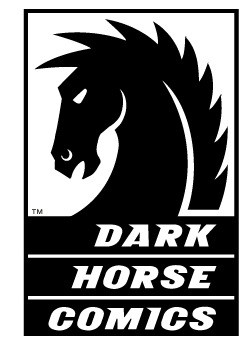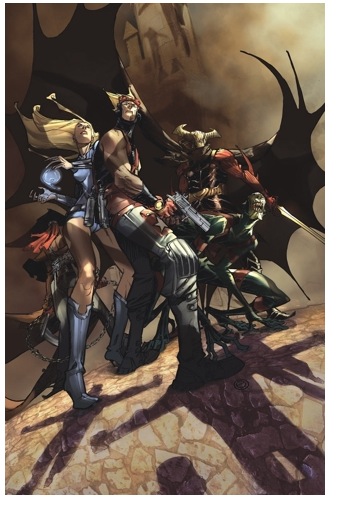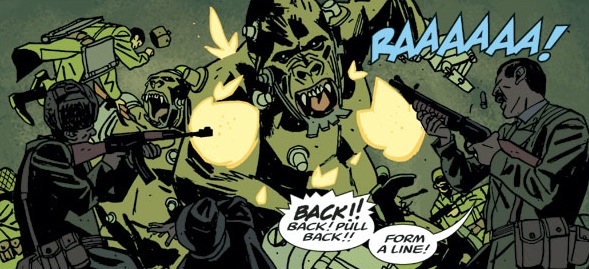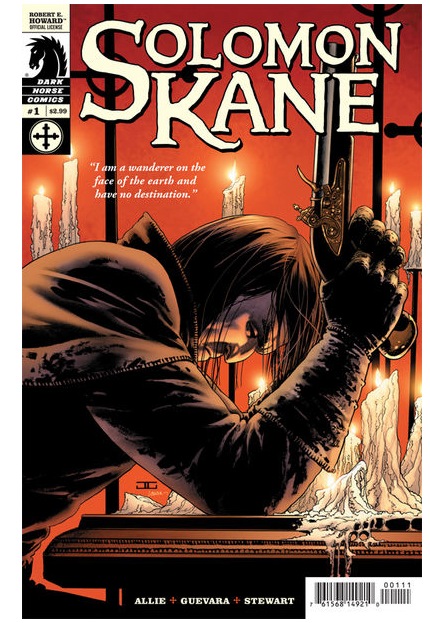In the Marvel Universe there are a few visions more iconic than the sleek form of the Silver Surfer heralding through the spaceways. As well, there are few offers more daring than that to escape to a world of sword-and-sorcery fiction and other “savage tales”. So it should be of no wonder that when carefully combined, these two nostalgic elements have produced some of the most enduing and passionate comic book stories of all time.
Fortunately this recipe of pitting the sentinel of the spaceways against brutish foes has not been forgotten, as it once again proves its method for success in the pages of Skaar: Son of Hulk #7, “Return of the Silver Savage”, by writer Greg Pak with art by Butch Guice.
From pictographs to power cosmic, every panel and passage of Skaar: Son of Hulk #7 contains a sense, both visually and literarily, that is impeccably comparable to that of classic Marvel epics such as Tomb of Dracula, The Mighty Thor and even the Silver Surfer’s own self-titled series in the late 1960’s, making the issue an absolute compliment to the history of the Silver Surfer and the heritage of Skaar and his trials on the savage planet Sakaar.
Skaar #7 utilizes this classic sense to become a sound reminder that a comic book story can be intense without being part of a senses-shattering, world-changing event like Secret Invasion or Civil War. What’s more, although taking place in the midst of a boiling tale of rebellion and reaction on an alien planet, a reader need know nothing of prior events to feel the full impression of the story and by the issue’s end be so enthralled that he or she is filled with the need to know more of this strange world and these brutal characters.
As fans of classic series such as Savage Tales, Conan the Barbarian, and Red Sonja are sure to identify and absorb the barbaric aspects of Skaar: Son of Hulk, Marvel aficionados will find artist Butch Guice’s rendition of the Silver Surfer to be the most powerful draw of the book. Veteran fans of the Silver Surfer will quickly appreciate how the artist not only works vintage thick-lined Kirby-esque features into the character but also presents him in poses familiar to those used by Jack Kirby, John Buscema and Joe Sinnot.
Also, due to events in the Annihilation series, fans of the Silver Surfer are able to witness the character once again acting as a loyal herald for Galactus; a powerful collaboration that hasn’t been truly experienced since its debut in Fantastic Four #48 (March 1966).
In the end, Skaar #7 does a great deal more than continue the epic of “Planet Hulk” or bring a piece of Marvel mainstream to a new title. The issue crosses two very powerful and iconic story telling elements and produces an influential work of art that will have readers digging through back issue bins in search of more of these characters and events.





